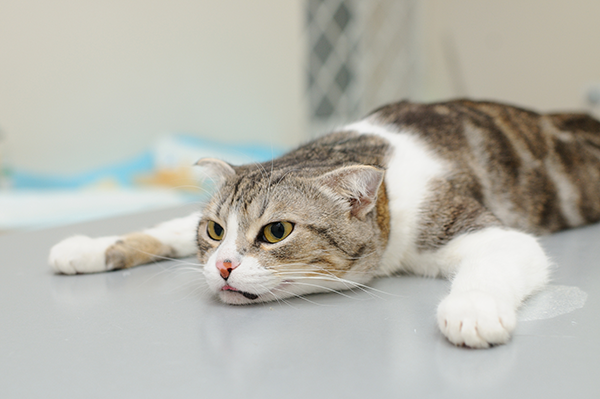Ah, the joys of kitty parenthood! From the endless cuddles to the hilarious antics, our feline companions bring a unique brand of sunshine into our lives. But sometimes, even the healthiest of kitties need a little medical attention. And when that happens, the prospect of anesthesia can leave even the most confident pet parent feeling a little apprehensive.
Fear Not, Feline Fanciers!
Fear not, feline fanciers! Anesthesia plays a vital role in ensuring your cat receives safe and comfortable veterinary care, from routine dental cleanings to more complex procedures. Let’s delve into the world of kitty anesthesia, addressing common concerns and highlighting the precautions veterinarians take to ensure your furry friend’s well-being.
Under the Weather: Anesthesia Explained
Anesthesia essentially puts your cat into a controlled state of unconsciousness, allowing veterinarians to perform necessary procedures without causing pain or discomfort. There are various types of anesthesia, each tailored to the specific needs of your cat and the complexity of the surgery.
Pre-Anesthetic Preparation: Setting the Stage for a Smooth Journey
Just like packing your bags for a vacation, pre-anesthetic preparation is crucial for a smooth surgical experience for your cat. This typically involves a pre-operative examination, where your veterinarian will assess your cat’s overall health, discuss any underlying medical conditions, and determine the most appropriate type of anesthesia.
Minimizing the Meow-gical Risks: Potential Side Effects of Anesthesia
As with any medical procedure, anesthesia carries some inherent risks. However, it’s important to remember that these risks are relatively low, and veterinarians take every precaution to minimize them. Common side effects can include:
- Shivering: This is a normal response to changes in body temperature and usually resolves on its own.
- Nausea and vomiting: These can occur after surgery, but veterinarians can administer medications to help prevent or manage them.
- Lethargy: It’s normal for your cat to be sleepy after surgery, but their energy levels should gradually return within 24-48 hours.
Homeward Bound: Providing Comfort and Support During Recovery
At home, create a calm and quiet environment for your cat to recover. Offer them plenty of fresh water and encourage them to eat small amounts of food frequently. It’s also important to restrict their activity for a few days to allow the surgical site to heal properly.
Remember, communication is key! Don’t hesitate to reach out to your veterinarian if you have any concerns about your cat’s behavior or recovery process.
